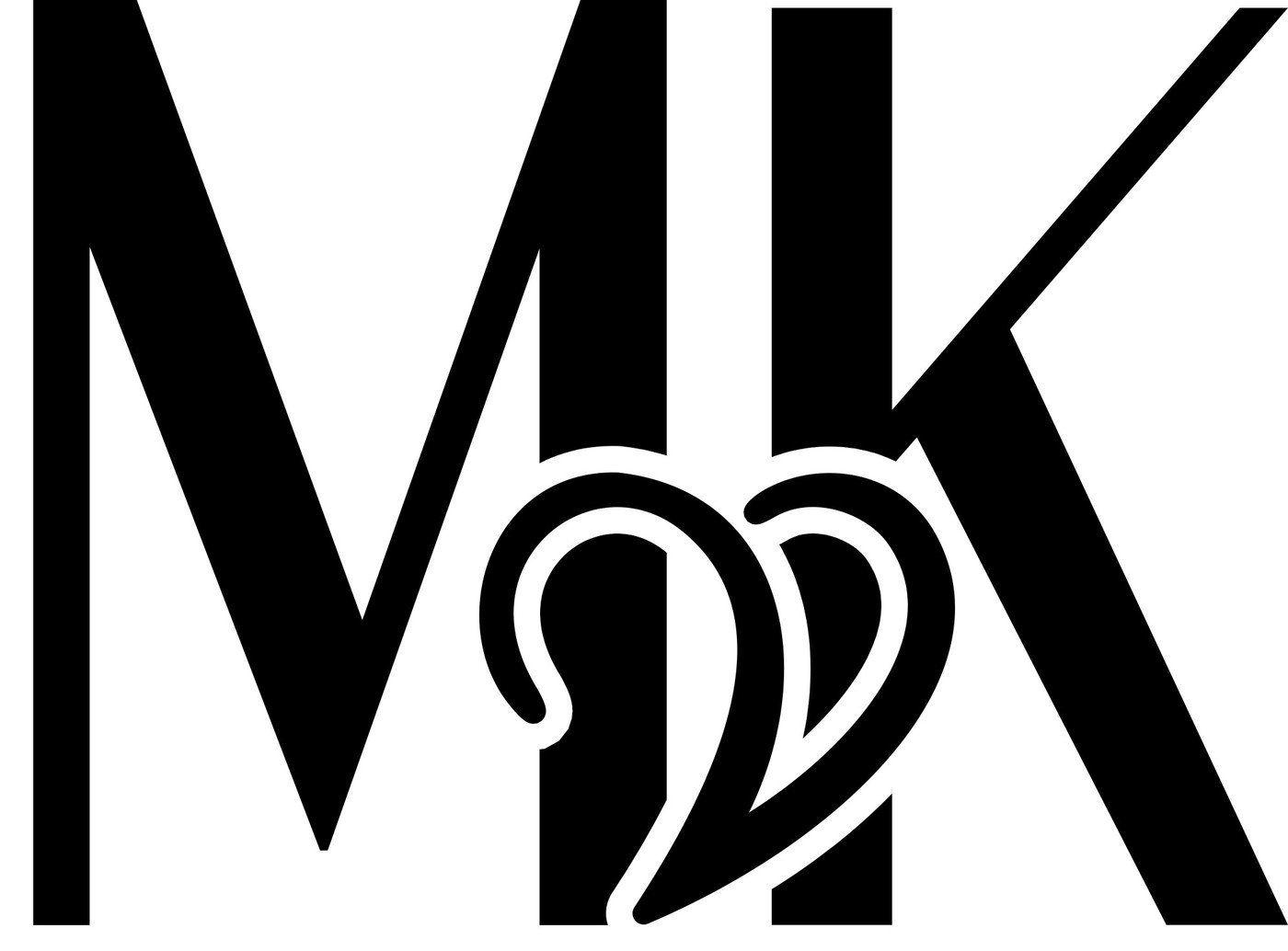Ever wondered what MKV is and why it's become such a big deal in the digital world? If you're diving into streaming, downloading, or editing videos, chances are you've stumbled upon this format more than once. MKV, short for Matroska Video, is not just another file extension—it's a game-changer. Let's break it down for you in a way that’s as simple as ordering pizza online but way more exciting.
Imagine this: you're trying to watch your favorite movie, but suddenly, the audio cuts out, or the subtitles aren't syncing. Frustrating, right? Well, MKV was designed to solve all these headaches. It's like the Swiss Army knife of video formats, capable of holding everything you need in one neat package—video, audio, subtitles, and even chapters.
Now, before we dive deeper, let’s set the record straight. MKV isn't just for tech geeks or movie buffs. It's for anyone who wants their media experience to be seamless and hassle-free. So, whether you're a casual streamer or a hardcore editor, this guide has got your back. Let’s get started!
Understanding the Basics: What Exactly is MKV?
First things first, let’s talk about the basics. MKV, or Matroska Video, is an open-standard container format. But wait, what does "container" even mean? Think of it like a toolbox. Just as a toolbox holds all the tools you need for a project, MKV holds all the elements of your video—video streams, audio tracks, subtitles, and metadata—all in one place.
One of the coolest things about MKV is its flexibility. Unlike other formats that only support specific types of codecs, MKV can handle almost anything. It's like inviting a bunch of different guests to a party and having enough space for everyone to hang out comfortably.
Here’s a quick breakdown of what MKV can do:
- Support multiple video and audio streams
- Include subtitles in various formats
- Store metadata like chapters and tags
- Handle high-definition content without breaking a sweat
So, why should you care? Because MKV is all about giving you control over your media experience. No more worrying about incompatible formats or missing subtitles. It's like having a personal assistant for your videos.
Why Should You Use MKV? The Advantages Explained
Now that you know what MKV is, let’s talk about why it’s worth your time. Here are some of the top reasons why MKV has become the go-to format for many:
1. Versatility
MKV is like the ultimate multitasker. It can handle virtually any codec you throw at it. Whether you're working with H.264, H.265, or even older codecs like MPEG-4, MKV has got you covered. This versatility makes it a favorite among video editors and content creators.
2. Multi-Stream Support
Let’s say you’re watching a movie with friends, and everyone wants to hear the audio in a different language. No problem! MKV allows you to include multiple audio streams in different languages, so everyone can enjoy the film in their preferred language.
3. Subtitle Integration
Subtitles are a game-changer for anyone who loves foreign films or needs captions for accessibility. MKV makes it easy to embed subtitles directly into your video file, ensuring they’re always in sync and ready to go.
4. Metadata Management
Metadata might sound like a fancy word, but it’s incredibly useful. MKV lets you store information like chapter markers, tags, and even cover art within the file. This makes organizing your media library a breeze.
In short, MKV is not just a format—it’s a solution. It’s designed to make your life easier, whether you’re a casual viewer or a professional editor.
How MKV Differs from Other Formats
Alright, so we’ve established that MKV is pretty awesome. But how does it stack up against other popular formats like MP4, AVI, or MOV? Let’s break it down:
1. MKV vs MP4
Both MKV and MP4 are container formats, but MKV offers more flexibility. While MP4 is great for compatibility with most devices, MKV’s ability to handle multiple streams and advanced features gives it the edge.
2. MKV vs AVI
AVI was once the king of video formats, but it’s starting to show its age. MKV offers better compression, higher quality, and more features, making it a much better choice for modern users.
3. MKV vs MOV
MOV is often used in professional settings, especially with Apple devices. However, MKV’s open-source nature and broader support make it a more versatile option for most users.
At the end of the day, the choice depends on your needs. But if you’re looking for a format that’s powerful, flexible, and future-proof, MKV is hard to beat.
How to Open and Play MKV Files
So, you’ve got an MKV file, but how do you play it? Don’t worry; it’s easier than you think. Here are some of the best ways to open and play MKV files:
1. VLC Media Player
VLC is the ultimate all-rounder when it comes to media players. It supports almost every format under the sun, including MKV. Plus, it’s free and open-source, so you can’t go wrong.
2. KMPlayer
KMPlayer is another great option for playing MKV files. It offers a sleek interface and a wide range of customization options, making it perfect for power users.
3. MPC-HC
MPC-HC, or Media Player Classic – Home Cinema, is a lightweight player that’s perfect for Windows users. It’s fast, efficient, and fully supports MKV files.
Remember, the key to a great media experience is having the right tools. With these players, you’ll be able to enjoy your MKV files without any hassle.
Tips for Converting MKV Files
Let’s face it—sometimes you need to convert your MKV files to a different format. Maybe you want to share them with friends who don’t have the right player, or maybe you need to upload them to a platform that only accepts certain formats. Here’s how you can do it:
1. Using HandBrake
HandBrake is a free and open-source tool that’s perfect for converting MKV files. It’s easy to use and offers a wide range of customization options, so you can tweak your settings to get the best results.
2. Online Converters
If you’re short on time, online converters like CloudConvert or Online-Convert can save the day. Just upload your file, choose your desired format, and let the tool do the rest.
3. Professional Software
For more advanced users, tools like Adobe Premiere Pro or Final Cut Pro offer powerful conversion capabilities. These are great if you’re working on professional projects and need precise control over your output.
Whatever method you choose, remember to back up your original files. You never know when you might need them!
Common Issues with MKV Files and How to Fix Them
Even with all its advantages, MKV isn’t perfect. Here are some common issues you might encounter and how to solve them:
1. Missing Codecs
If your MKV file won’t play, it might be because your system is missing the necessary codecs. To fix this, you can install a codec pack like K-Lite Codec Pack or use a player that includes built-in codecs, like VLC.
2. Subtitle Sync Issues
Subtitles not syncing? Don’t panic. Most media players allow you to adjust the subtitle delay manually. Simply look for the subtitle settings and tweak the delay until everything lines up perfectly.
3. File Corruption
Corrupted MKV files can be frustrating, but there are tools like MKVToolNix that can help you repair them. Just make sure to back up your file before attempting any repairs.
By addressing these issues head-on, you can ensure a smooth and enjoyable media experience.
Future of MKV: Is It Here to Stay?
With so many formats out there, you might be wondering if MKV will remain relevant in the future. The short answer is yes. MKV’s open-source nature, flexibility, and support for high-definition content make it a strong contender for years to come.
As technology continues to evolve, MKV is likely to adapt and grow alongside it. Whether it’s supporting new codecs, improving compression, or adding advanced features, MKV is here to stay.
So, if you’re looking for a format that’s future-proof and capable of handling whatever comes next, MKV is a safe bet.
Conclusion: Embrace the Power of MKV
In conclusion, MKV is more than just a file format—it’s a solution. Whether you’re a casual viewer or a professional editor, MKV offers the flexibility, versatility, and power you need to take your media experience to the next level.
So, what are you waiting for? Dive into the world of MKV and see what it can do for you. And don’t forget to share this guide with your friends and family. The more people who know about MKV, the better!
Call to Action: Got questions or comments? Drop them below, and let’s keep the conversation going. Together, we can make MKV the go-to format for everyone!
Table of Contents
- Understanding the Basics: What Exactly is MKV?
- Why Should You Use MKV? The Advantages Explained
- How MKV Differs from Other Formats
- How to Open and Play MKV Files
- Tips for Converting MKV Files
- Common Issues with MKV Files and How to Fix Them
- Future of MKV: Is It Here to Stay?
- Conclusion: Embrace the Power of MKV


